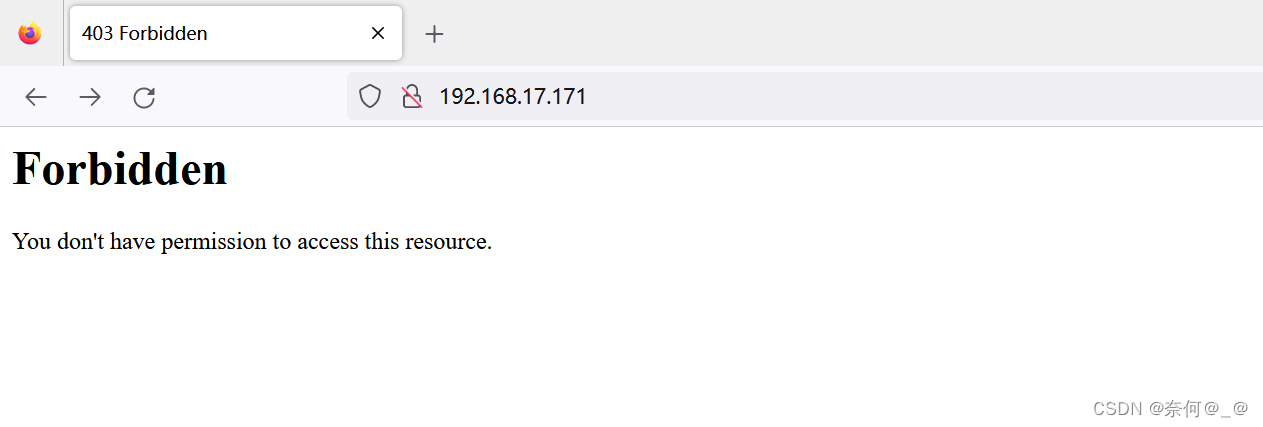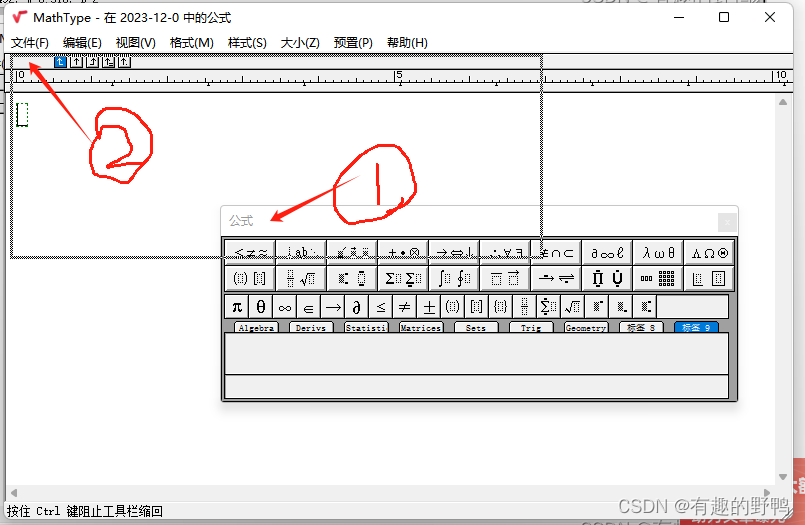目录
准备工作:web服务器搭建
第一步:挂载
第二步:编辑配置文件
第三步:安装软件包
第四步:启动httpd
查看配置文件:
第五步:设置防火墙状态:
重启服务:
查看状态:
查看是否启动成功:
第六步:测试
方法一:
第一步、编辑网页资源文件
第二步、设置防火墙状态
默认防火墙建立22端口连接
关闭文件访问权限——SeLinux
附录:
1、永久停止防火墙命令
2、永久关闭SeLinux命令:
重启selinux即可生效
第三步、在主机浏览器中访问网页
方法二:
问题:
1.设置默认访问apache欢迎界面的配置文件是哪个?apache欢迎界面的具体文件在哪儿?
红帽欢迎测试界面
2.为什么自己定义的静态页面是在/var/www/html目录?为什么静态网页的名字是index.html?
创建网站子界面:
要求:搭建一个web服务器,访问该服务器时显示“hello world”欢迎界面。
准备工作:web服务器搭建
第一步:挂载
[root@localhost node1]# mount /dev/sr0 /mnt/
第二步:编辑配置文件
[root@localhost node1]# vim /etc/yum.repos.d/web.repo[BaseOS]
name=BaseOS
baseurl=file:///mnt/BaseOS
gpgcheck=0
[AppStream]
name=AppStream
baseurl=file:///mnt/AppStream
gpgcheck=0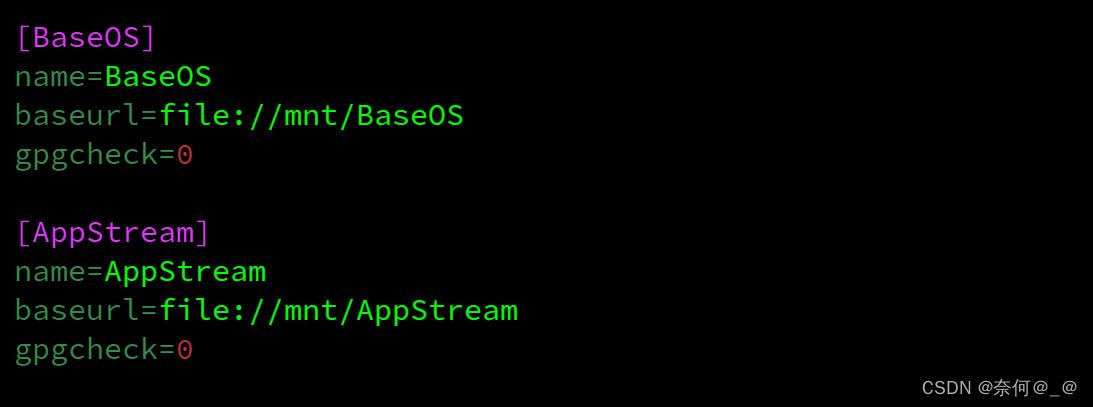
第三步:安装软件包
[root@localhost node1]# dnf install httpd -y
[root@localhost ~]# rpm -ql httpd
[root@localhost httpd]# tree /etc/httpd
/etc/httpd
├── conf
│ ├── httpd.conf
│ └── magic
├── conf.d
│ ├── autoindex.conf
│ ├── README
│ ├── userdir.conf
│ └── welcome.conf
├── conf.modules.d
│ ├── 00-base.conf
│ ├── 00-dav.conf
│ ├── 00-lua.conf
│ ├── 00-mpm.conf
│ ├── 00-proxy.conf
│ ├── 00-systemd.conf
│ └── 01-cgi.conf
├── logs -> ../../var/log/httpd
├── modules -> ../../usr/lib64/httpd/modules
└──
run -> /run/httpd
第四步:启动httpd
[root@localhost node1]# systemctl start httpd.service
注:
1、启动用start,再次启动用restart,
2、.service后缀可加可不加查看配置文件:
[root@localhost node1]# rpm -ql httpd | grep etc
第五步:设置防火墙状态:
[root@localhost ~]# systemctl status firewalld
[root@localhost ~]#systemctl stop firewalld
#可不用
[root@localhost ~]#systemctl disable firewalld注意: systemctl start/restart/enable/disable/stop/status/reload 的区别
重启服务:
[root@localhost ~]# systemctl restart httpd查看状态:
查看是否启动成功:
[root@localhost node1]# systemctl is-active httpd
active
##测试状态代码
[root@localhost node1]# systemctl stop httpd.service
[root@localhost node1]# systemctl is-active httpd
inactive第六步:测试
- 在客户端:curl http://ip地址, curl -I 可以查看http报文信息
- 通过浏览器访问http://ip地址

方法一:
第一步、编辑网页资源文件
[root@localhost node1]# cd /var/www/html
[root@localhost html]# ll
total 0
[root@localhost html]# vim index.html在index.html文件中使用vim对网页进行编辑

此时不需要重新启动服务
第二步、设置防火墙状态
[root@localhost html]# systemctl stop firewalld
注:临时生效命令默认防火墙建立22端口连接
关闭文件访问权限——SeLinux
[root@localhost html]# setenforce 0
注:临时生效命令附录:
1、永久停止防火墙命令
[root@localhost html]# systemctl disable firewalld
2、永久关闭SeLinux命令:
[root@localhost html]# vim /etc/selinux/config
重启selinux即可生效

第三步、在主机浏览器中访问网页
默认80端口:可加可不加

方法二:
[root@localhost ~]# echo hello world > /var/www/html/index.html
[root@localhost ~]# curl 192.168.126.140
hello world
问题:
1.设置默认访问apache欢迎界面的配置文件是哪个?apache欢迎界面的具体文件在哪儿?
cat /etc/httpd/conf.d/welcome.conf
cat /usr/share/httpd/noindex/index.html
[root@localhost html]# cd /etc/httpd/conf.d
[root@localhost conf.d]# vim welcome.conf
红帽欢迎测试界面
[root@localhost conf.d]# vim /usr/share/httpd/noindex/index.html
2.为什么自己定义的静态页面是在/var/www/html目录?为什么静态网页的名字是index.html?
DocumentRoot /var/www/html
创建网站子界面:
[root@localhost html]# echo this is 1 page > second.html
此时客户端访问是匿名访问,身份是apache,权限是读取权限,可以在后台更改相应权限
[root@localhost html]# chmod o-r index.html此时无法访问网站
